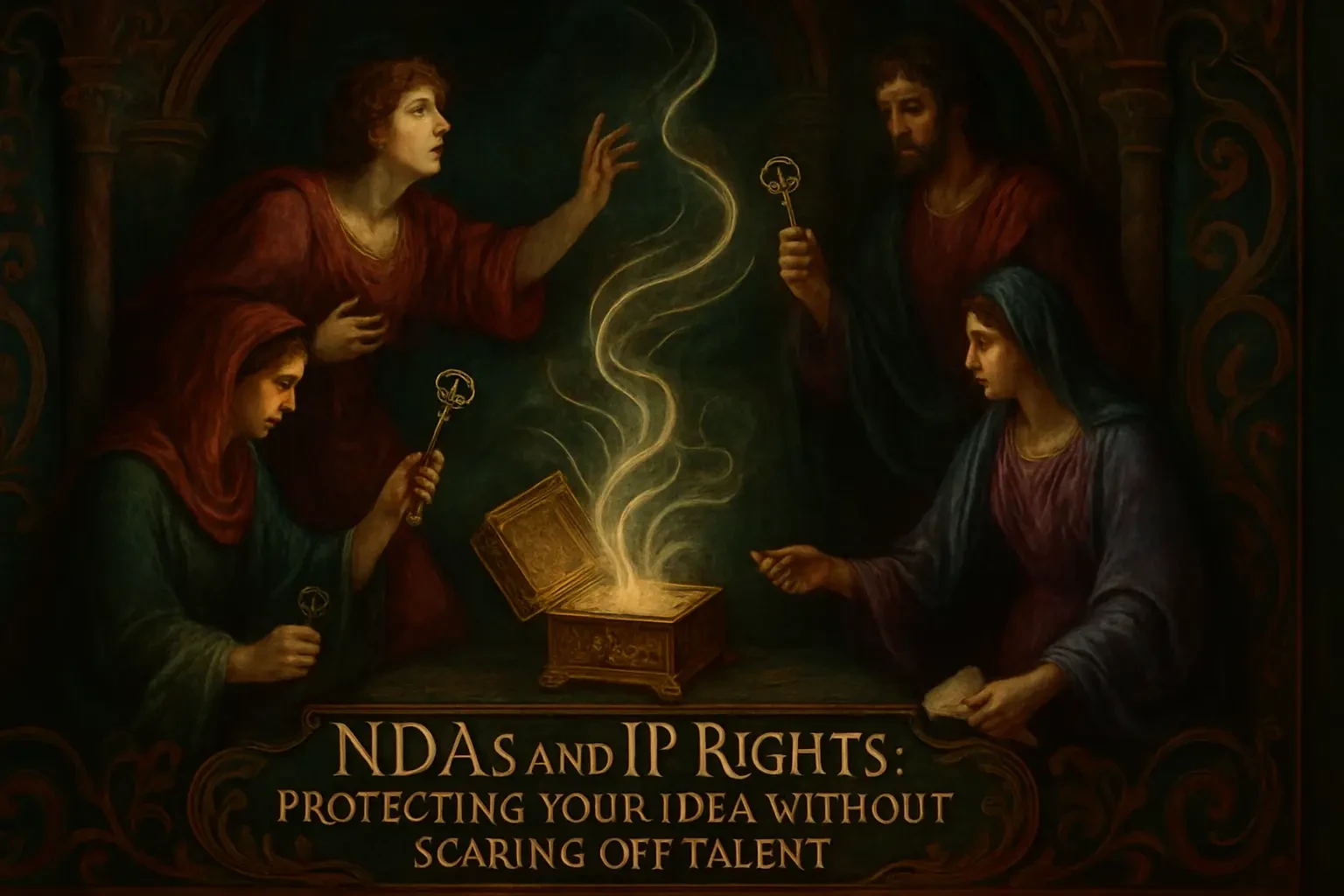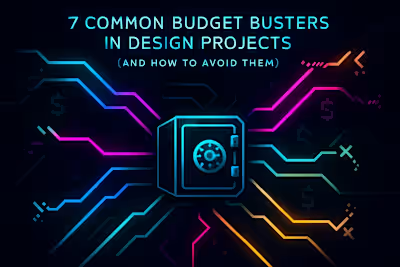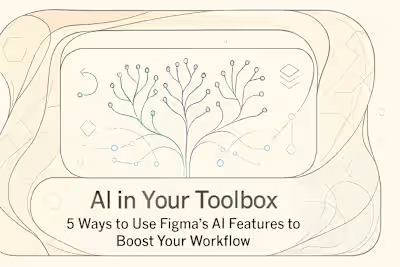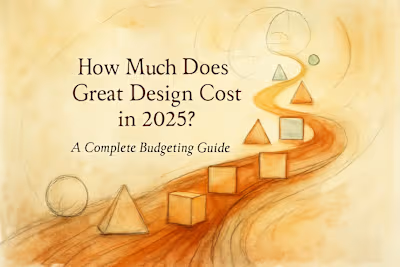NDAs and IP Rights: Protecting Your Idea Without Scaring Off Talent

NDAs and IP Rights: Protecting Your Idea Without Scaring Off Talent
Understanding Intellectual Property (IP) in a Design Context
What is Copyright?
What are Trademarks and Trade Secrets?
The 'Work Made for Hire' Doctrine and IP Transfer
Why You Can't Assume You Own the Work
The Solution: An Express Assignment of IP Rights
Non-Disclosure Agreements (NDAs): When and How to Use Them
What is an NDA?
Key Components of a Fair NDA
Best Practices for Presenting an NDA
Balancing Protection with Practicality
The Designer's Right to Their Portfolio
Retaining Rights to Pre-existing IP
Conclusion
References
NDAs and IP Rights: Protecting Your Idea Without Scaring Off Talent
Understanding Intellectual Property (IP) in a Design Context
What is Copyright?
What are Trademarks and Trade Secrets?
The 'Work Made for Hire' Doctrine and IP Transfer
Why You Can't Assume You Own the Work
The Solution: An Express Assignment of IP Rights
Non-Disclosure Agreements (NDAs): When and How to Use Them
What is an NDA?
Key Components of a Fair NDA
Best Practices for Presenting an NDA
Balancing Protection with Practicality
The Designer's Right to Their Portfolio
Retaining Rights to Pre-existing IP
Conclusion
References
Posted Jul 6, 2025
Hiring a designer for a sensitive project? Learn how to use Non-Disclosure Agreements (NDAs) and structure Intellectual Property (IP) clauses to protect your business while fostering trust with top freelance talent.
0
7






